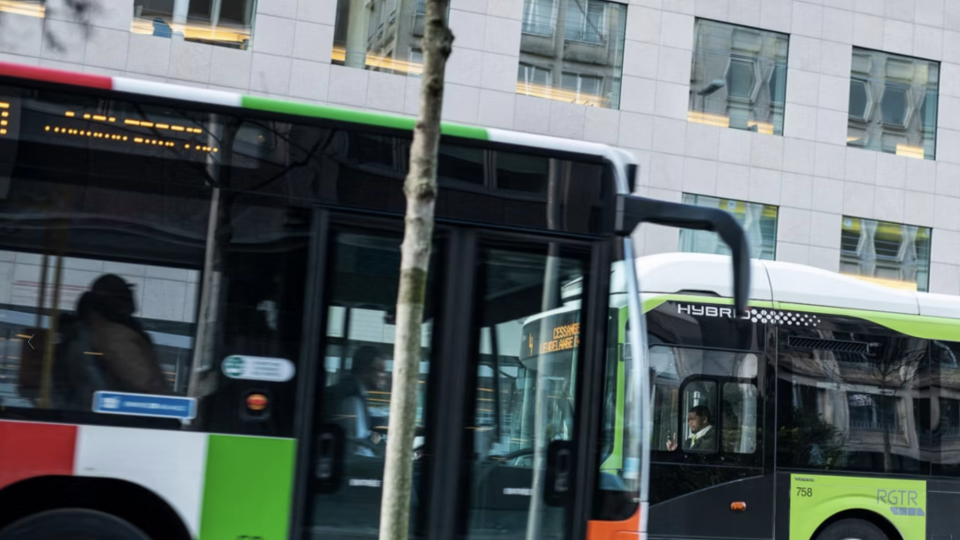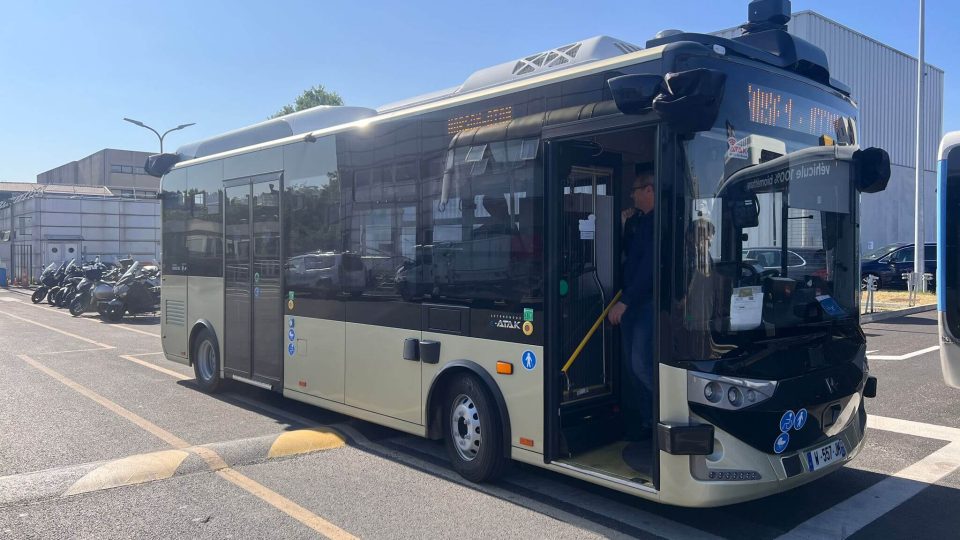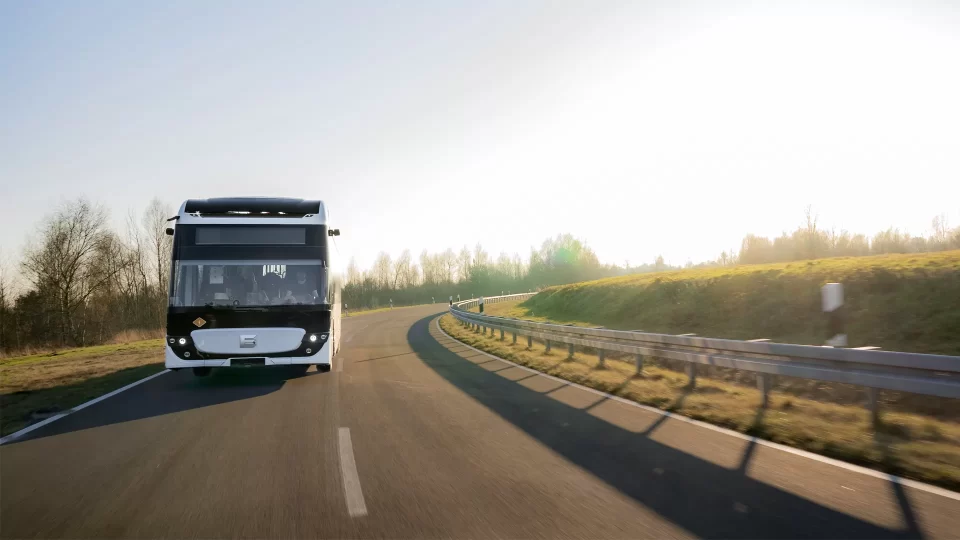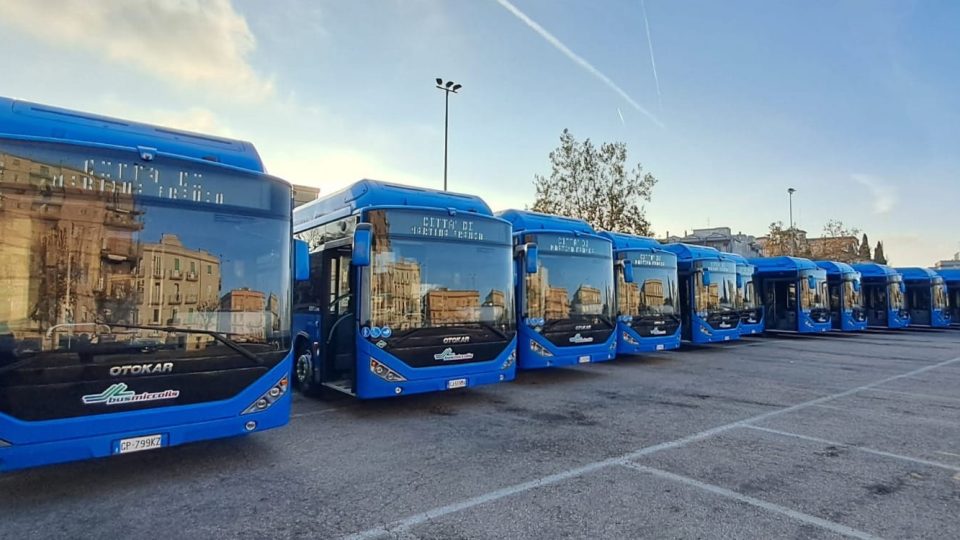Towards e-mobility in the coach segment, MAN will produce e-buses in Ankara starting 2025. Our interview with Barbaros Oktay
The launch of the BEV version of the Lion’s Coach in 2025, the readiness of the market for such innovations, the necessity of subsidies and infrastructure for the success of BEVs in the long-distance segment, the importance of political frameworks, and the impact on Total Cost of Ownership (TCO). Fast charging capabilities, the adaptation of […]
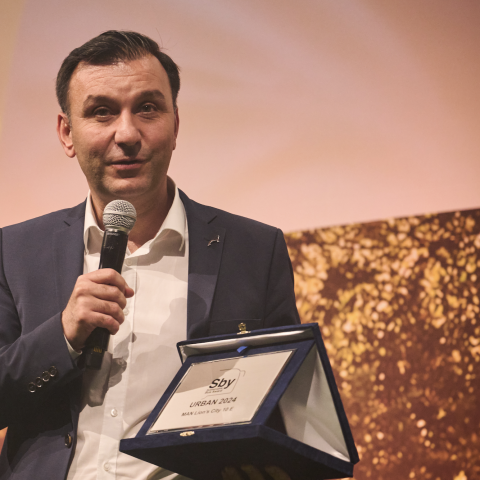
The launch of the BEV version of the Lion’s Coach in 2025, the readiness of the market for such innovations, the necessity of subsidies and infrastructure for the success of BEVs in the long-distance segment, the importance of political frameworks, and the impact on Total Cost of Ownership (TCO). Fast charging capabilities, the adaptation of manufacturing plants, the competitive European landscape.
The ones above are just a few of the topics we discussed with Barbaros Oktay, Head of Bus at MAN Truck & Bus since March 2023, who shared insights into MAN’s strategic vision following a first interview we had shortly after his appointment.
Source opening picture: Busworld
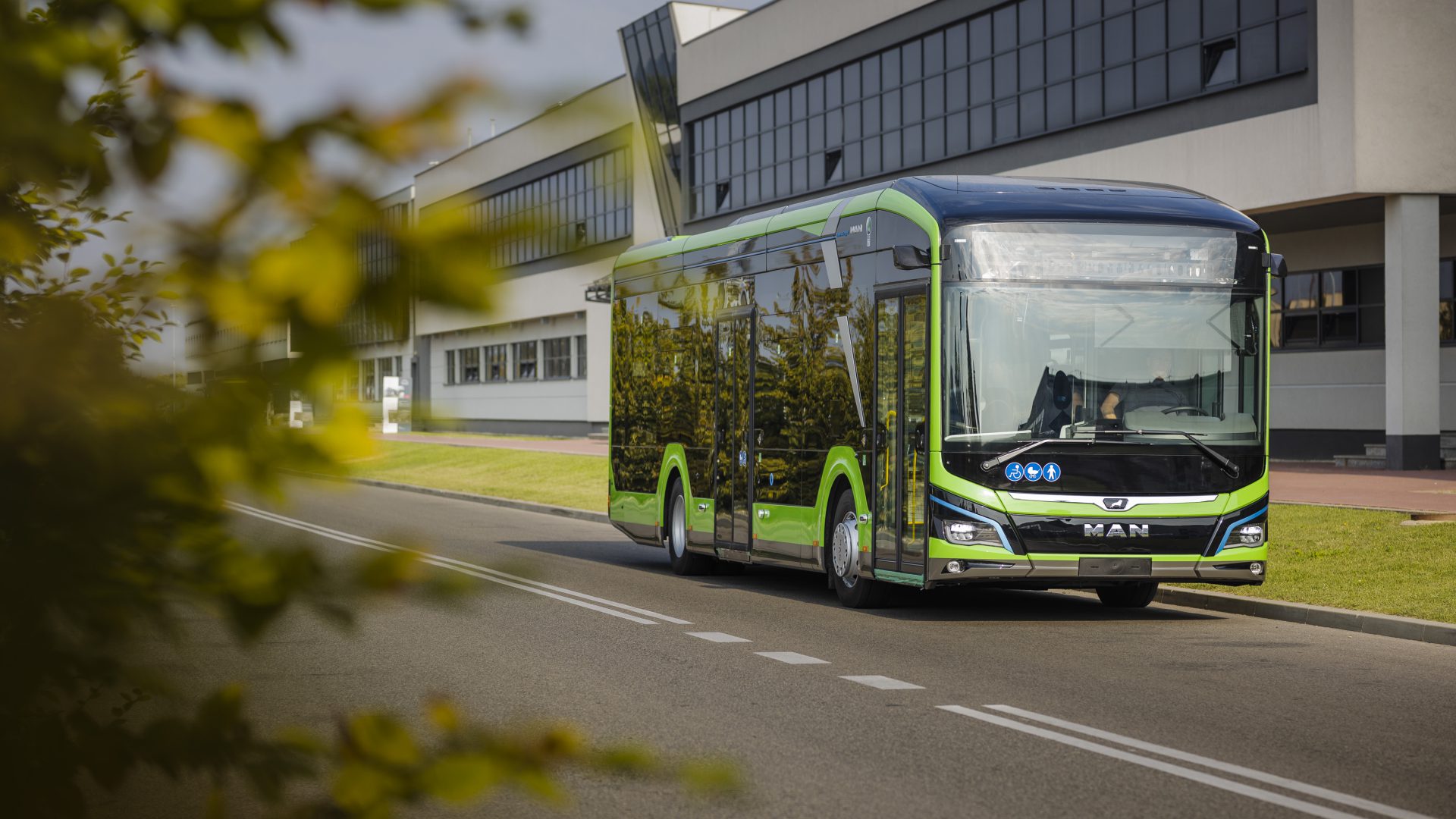
2025: the year of the Lion’s Coach E
You announced the launch of a BEV version of the Lion’s Coach in 2025. Is the market ready for that? Any updates? MAN truck division is working on hydrogen-powered combustion engine… any consequences on coach development?
Concerning the hydrogen engine, we sure have some joint projects, but no strategy decided so far to bring any series bus or coach product on the road. We are fully concentrated on BEV technology, as according to our studies, it allows customers to use 75% of the energy, with hydrogen vehicles using just 25%. And this has an impact in terms of Total Cost of Ownership (TCO).
Do you think it will be possible to sell BEV coaches if subsidies will not be in place?
I would put both subsidies and infrastructure as main challenges. At first, infrastructure must be there. We are bringing the e-coach to the market with fast charging possibility up to 375 kW. But of course, you need to find a place to charge your vehicle. At the moment OEMs’ projects are much more ahead than infrastructure development. Now our customers in particular need a far-sighted political framework, financial planning security and speed in the development of the charging infrastructure as well as an efficient power grid.
The impact of zero emission zones on the coach business
And what about subsidies?
Coming to subsidies, of course in the city bus segment the customer is totally different. For coach companies, economic conditions are much different. However, we should consider that step by step no combustion engines will be allowed in city centers, they will banned, and coach journeys cannot end out of cities. The sector of city to city transfer, tours, school trips, elderly people travels need passengers to be brought to the center of the city. How will our customers be able to get there? They will have to buy zero emission vehicles, but they’ll need support.
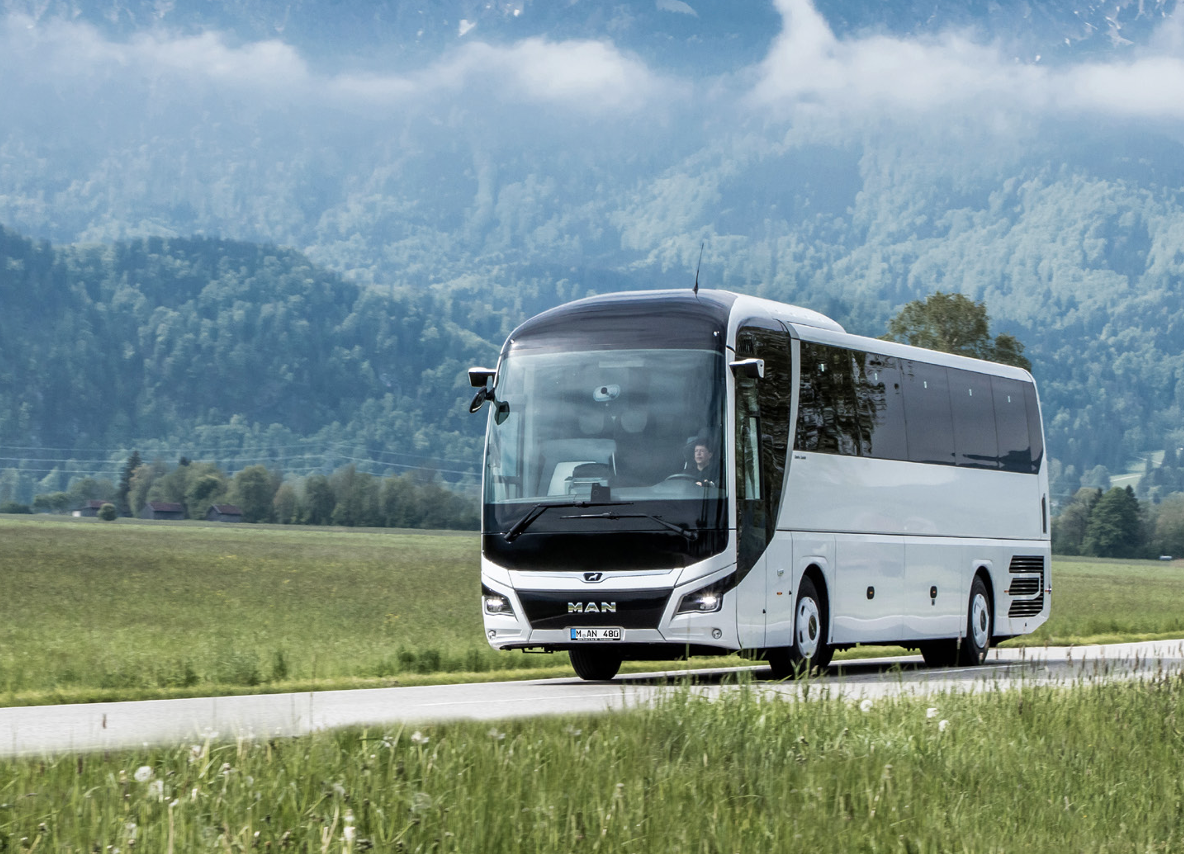
Hybrid coach with zero emission capabilities for the last mile is a concept that has not attracted much interest from OEMs so far…
It could be a solution but we think that the BEV technology is the best solution in terms of TCO. You can increase specifications of vehicles with different features but in the end this will increase the investment. A coach must always be affordable for our customers.
You mentioned fast charging up to 375 kW. How will this power rate be achieved?
In the coach business we don’t see a necessity for pantograph charging. The 375 kW I mentioned before is achievable through plug-in cable via the CCS2 standard. We are going to introduce this technology for our e-bus portfolio beginning next year.
Ankara to become a second e-mobility plant
Let’s focus on the Ankara plant, you stated in our previous interview that qualification process is underway for high-voltage vehicles. What will be the timeline? What the impact on distribution of MAN bus manufacturing?
We are currently adapting our plants according to the needs of the market. Compared to 2022, last year we had three times more e-bus registrations. And we’ll still be seeing high figures in the coming years. We have invested in our plant in Ankara in order to start the production of e-buses next year. We have a capacity for up to 6,000 complete vehicles in total, and 2,800 chassis. Next year, we are planning to produce up to 12 units per day in our Polish plant in Starachowice and up to 3 units per day in Ankara.
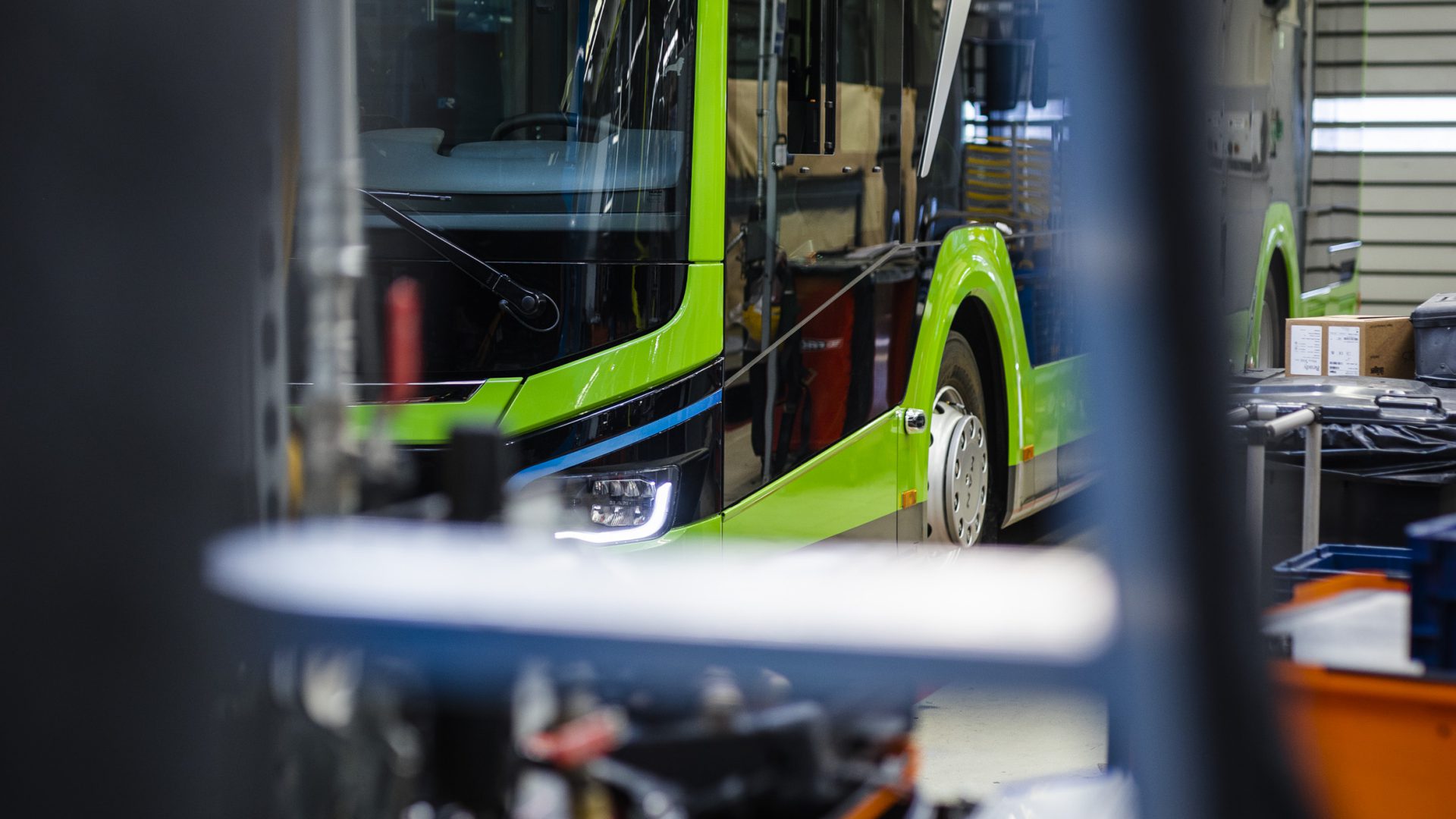
The EU has a roadmap for 90% zero emission city bus market in 2030. Is the production capacity of OEMs ready for meeting such demand?
We are not afraid of competition, we like it and it’s good for customers. We see volumes rising and already declared our strategy: we are going fully electric in the city and intercity segment, not investing in Euro 7. On the other hand, we will of course fulfill Euro 7 for coaches. Therefore in Ankara there will still be a portion dedicated to combustion engine vehicles.
At the same time, MAN Truck & Bus is investing in a complete battery plant that will start producing in series next year. At the moment our batteries for the Lion’s City E are manufactured with our technology and development by an external partner. From 2025, we will then produce MAN batteries for e-trucks and e-buses in large series at our Nuremberg site. Production capacity will be expanded to over 100,000 batteries per year in the future.
Stop of subsidies in Germany, a changing landscape in Europe
Van Hool bankruptcy is part of a framework that sees bus manufacturing in Western Europe quite challenging. Let’s just mention Ebusco’s turnaround back to assembly in China and VDL struggle to keep pace of the market in the last year. Large groups are turning to new business models with bodybuilders. What does this mean for the European industrial landscape of bus and coaches?
I can only talk about us. Last year I stated that MAN has been in the bus and coach business and will keep being in the bus and coach business. We are staying in this market and we are fully committed to keep on working with our bus customers.
Can you elaborate on the German Federal government’s decision to stop subsidies for e-buses? Which might be the consequences of such decision?
I think this was not the right idea. Yes, the e-bus market is growing fast compared to other segments, but it is still a baby. Leaving our customers alone with their current investments is not a good idea. However, I don’t expect a big impact in the city segment but I’m afraid it might deeply affect the transition to e-mobility in the intercity and coach segment, putting large challenges for such segments to grow at the same pace as the city bus segment. On the product side we are ready, but the demand of customers must be supported.
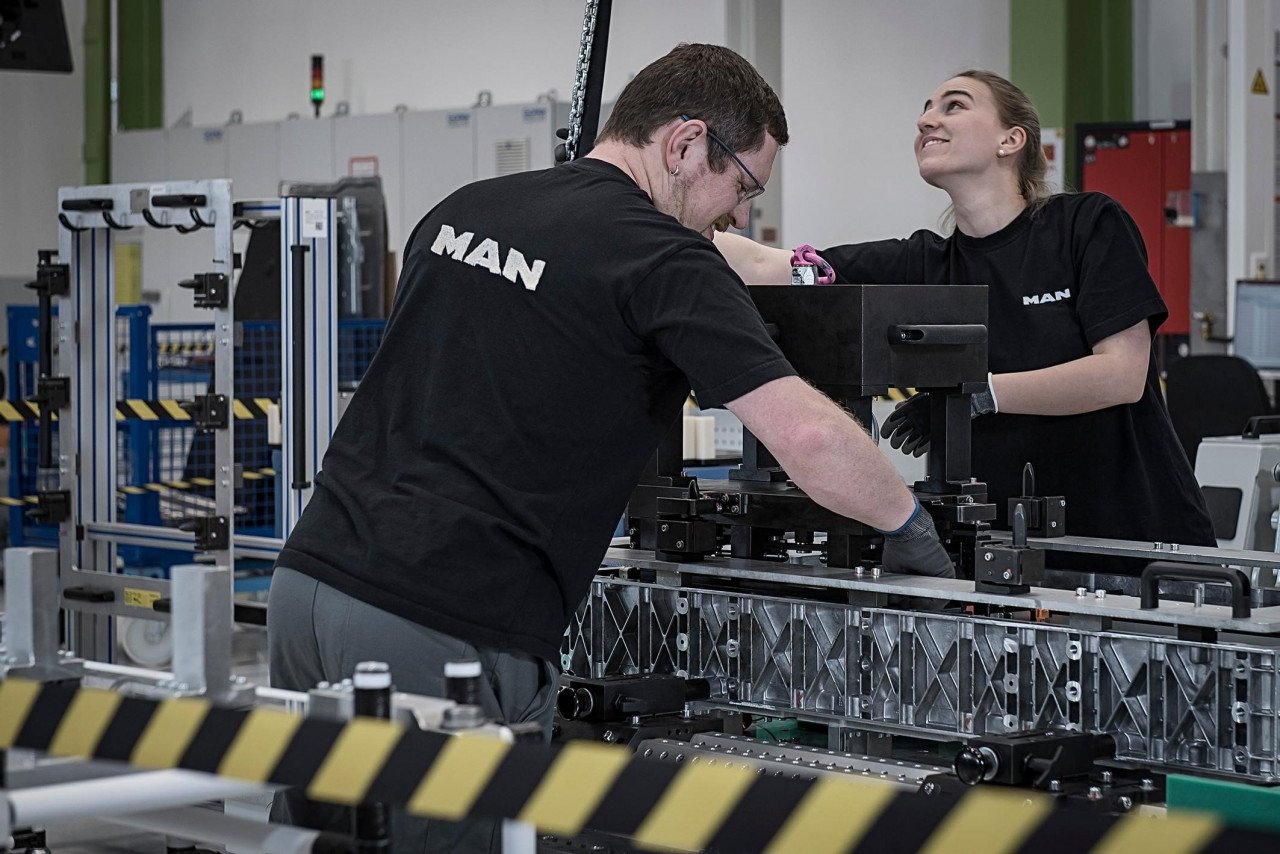
High floor intercity e-bus to come in 2026-27
Any information about the roadmap for the commercialization of BEV high-floor intercity bus model?
After the e-coach we are going to move to the next step, developing an electric high floor intercity bus to be launched within 2026-2027. In the meantime we’ll be offering a bridge solution with MAN EfficientHybrid technology starting from next year, as there’s a growing demand in countries such as Spain, France and Italy.
We have left behind Q1 2024, any comment about how the market is developing this year?
Demand is very strong in Europe and also international. As MAN bus business we are seeing a significant increase in sales in the first quarter of 2024 compared to last year, driven primarily by coaches. The general market performance is also good. We were able to increase our market share in all segments compared to the same period last year and have the strongest growth in the overall market. We as a team are very proud of this!



